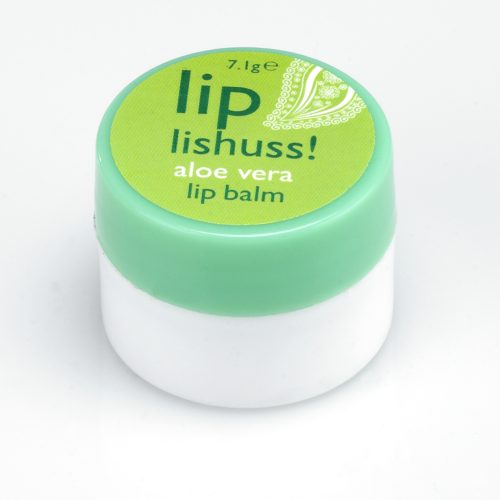Low Climate Impact Labels FAQs
A Low Climate Impact Label shows that a product has a reduced carbon footprint compared to conventional alternatives. This label highlights the efforts made to minimize greenhouse gas emissions during any product’s lifecycle.
Using Low Climate Impact Labels shows your customers that you are actively reducing your environmental footprint, helping build trust within the market and target audience and aligning with (or getting ahead of) sustainability trends in the market.
The calculation for the climate impact is done by assessing the product’s lifecycle, which includes the raw material extraction, manufacturing, transportation, usage, and disposal. This gives a complete picture of the carbon emissions linked to the product.
Low Climate Impact Labels show that the product has been designed or manufactured to reduce carbon emissions compared to industry averages. In contrast, carbon-neutral labels indicate that any remaining emissions have been offset entirely.
You can lower your product’s climate impact by using sustainable materials, improving energy efficiency in production, reducing waste, optimising logistics, and including renewable energy into your operations.
Labelservice follows industry-recognised standards, such as ISO 14067 for carbon footprint assessment, and adhere to guidelines provided by organizations like the Carbon Trust and the Greenhouse Gas Protocol to guarantee credibility and accuracy.
Label service offers Low Climate Impact Labels made from sustainable materials such as recycled paper, compostable films, or FSC-certified paper. These materials are perfect for those with the goal of reducing environmental impact.
Low Climate Impact Labels are not currently a legal requirement, but there is growing demand for transparency regarding a product’s environmental impact, driven by customer preferences and corporate sustainability goals. It also allows businesses to get ahead of sustainability policy trends that are becoming increasingly more prevalent with governments across the world.
Yes, Low Climate Impact Labels can be applied to a wide range of products, but each product needs a separate assessment of its lifecycle emissions to make sure that the label accurately reflects its reduced climate impact.
Low Climate Impact Labels enhance your brand’s environmental credentials, attracting eco-conscious customers, and setting your products apart from the competition in the marketplace, and positioning your business as a leader in sustainability.






